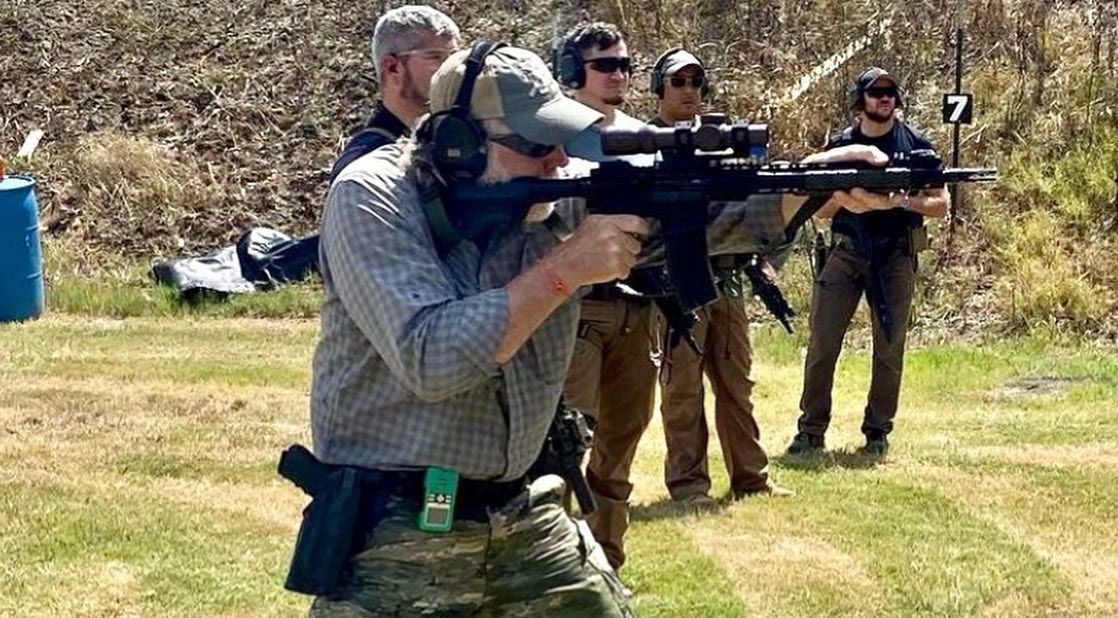
We recently sat down with Michael Green of Green Ops to discuss lessons learned at his AR-15 training courses, and how to train with your AR-15 on the static range, or even at home. We also discuss how his experiences inform his choice of AR, and more.
Q: Michael, thanks for taking the time to chat with us. Can you talk briefly about the AR-15 training courses that you offer?
Michael Green, Green Ops – We’ve been running classes out of both northern Virginia and here in San Antonio. We’ve grown to have a pretty decent schedule in both places. We’ve been staying busy and getting a lot of requests for classes in a lot of states, and we’ll be scheduling soon.
Currently, we run a few different levels of carbine classes. We run mainly for the beginner to intermediate level, and we have a Defensive Carbine Clinic I and II. These are both one-day AR-15 training courses.
With Defensive Carbine Clinic I, we expect the people to be able to manipulate the firearm, so it’s not a 100% beginner class. We do what we call “up drills,” we work with multiple targets, target transitions, reloads, etc. In Defensive Carbine Clinic II, we get a little bit more into movement, kneeling, pivots from left to right. Depending on the range, we may do things like walking. In both classes, we’ll do a little bit of barricade work, too. There are things like “height over bore” and zeroing that we go over, which are things that I find are often overlooked in AR-15 training courses.
We also have more advanced courses where we do different things. These are more tactical, run-and-gun courses where we expect people to be at a much higher level. Those courses are two solid days with a high round count, close to 1,000, but we’ve lowered that a little bit with the ammo shortage. On day one, a lot of it is static, but we focus on accuracy and efficiency. Day two involves a ton of movement.
Q: What are some practical ways to get better instead of traveling to a AR-15 training course? Or, if you are a new AR owner who does not know where to start, what should they be focusing on?
Michael Green, Green Ops – The first thing I would suggest is you need to get out to a range and zero your carbine. We don’t care what kind of zero you have. I don’t care if you have a 25-yard zero, a 50/200, a 100; it does not matter. What matters is that you as a shooter know what your point-of-aim, point-of-impact is, from CQB distance out to the desired max distance that you are trying to get to.
Let’s say you do have a 50/200 yard zero, though. If that is the case, you need to be sure you are actually shooting out to 200 to verify your zero, then move back from there. If you’re making a headshot, you need to know where to aim to get into the T-box at seven yards, ten yards, 25 yards….there’s going to be some height-over-bore issues that come into play that you need to understand. People need to know these things, and they will be different depending on what zero they choose. They need to know what’s happening at 100 or 300. They need to know this regardless or not if they are attending an AR-15 training course.
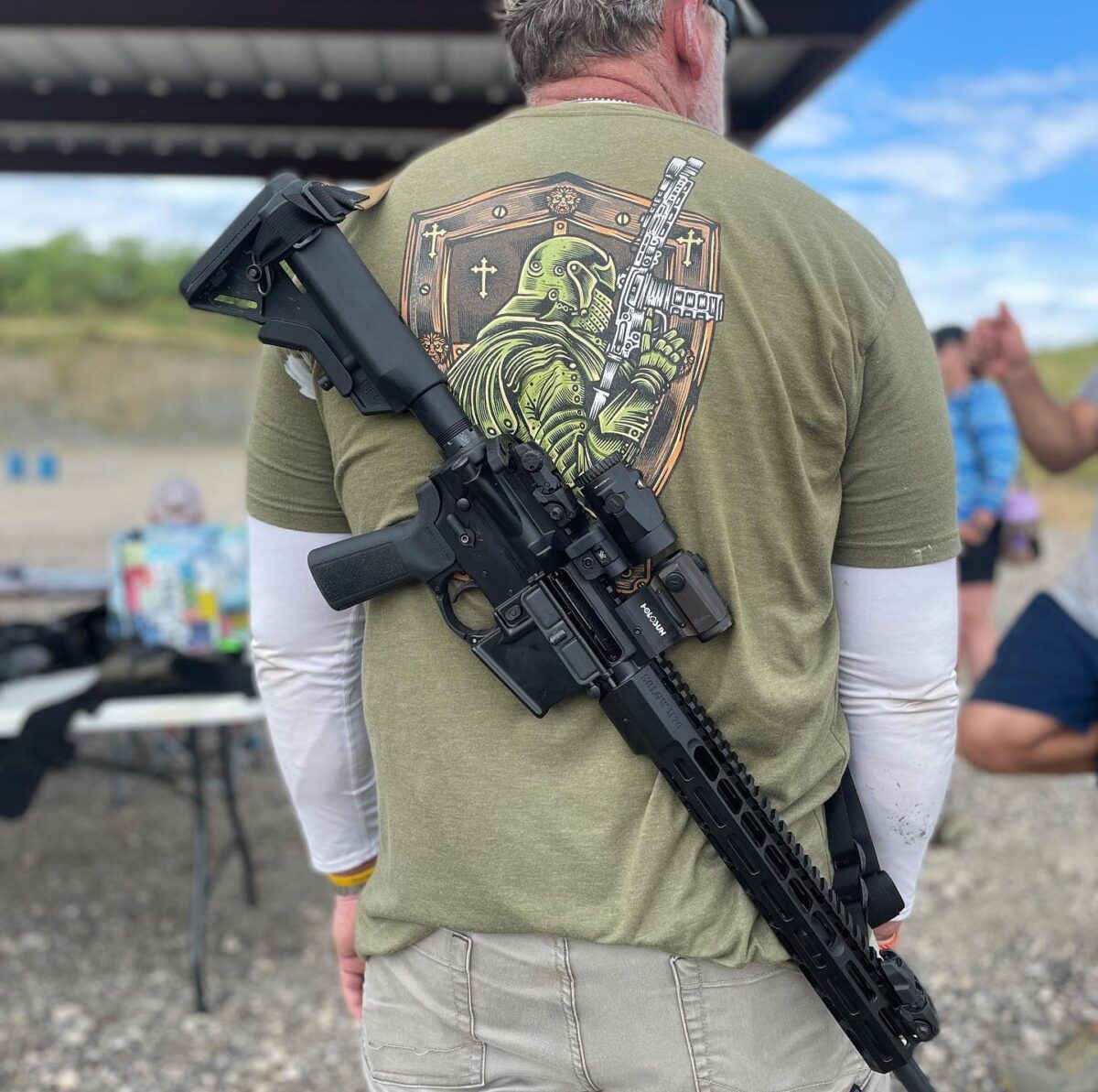
Q: Is there a way to make a simple range trip worthwhile? Many ranges are quite static, as you know.
Michael Green, Green Ops – One thing that is always good to do is focusing on getting the good grip and stance that you need. You also should be able to practice some simple up drills. In reality, you don’t even need to go to a range to practice these sorts of things. You can dry fire a ton of this stuff. This goes along with another issue I see – basic manipulation skills.
Let’s not discount the importance of being able to simply safely load and unload a gun. I can’t count how many times I see people jam magazines with ammo, go to the range, and try to stuff a magazine with 31 rounds in it into the gun. They can’t figure out why. It’s because they have too many rounds in the mag (laughs). They need to figure that out.
I’m not going to debate the difference between putting 28 rounds or 30 rounds into a 30-round magazine. That’s going to be different for everybody. It depends on the gun and the magazine. A general rule of thumb is to take at least one round out, but if you’ve got a decent gun and decent magazine, you can potentially get away with 30.
Regardless, people do need to work more on the skill of loading and unloading. You’d be surprised how often I see someone insert a magazine only to see it fall out because it was not correctly seated. You need to be able to press it in all the way and make sure it stays in there without doing another tap. It shouldn’t need that extra smack, and doing so could cause another potential issue. Instead, they need to firmly put it in and then give it a slight snug pull.
Another thing that I’d recommend is purchasing some dummy rounds, and with those, you can practice all day long. You could sit there while you’re watching TV and practice malfunction drills (laughs). That can work because you’re paying less attention to the gun, and fixing the malfunction can become more of a subconscious thing.
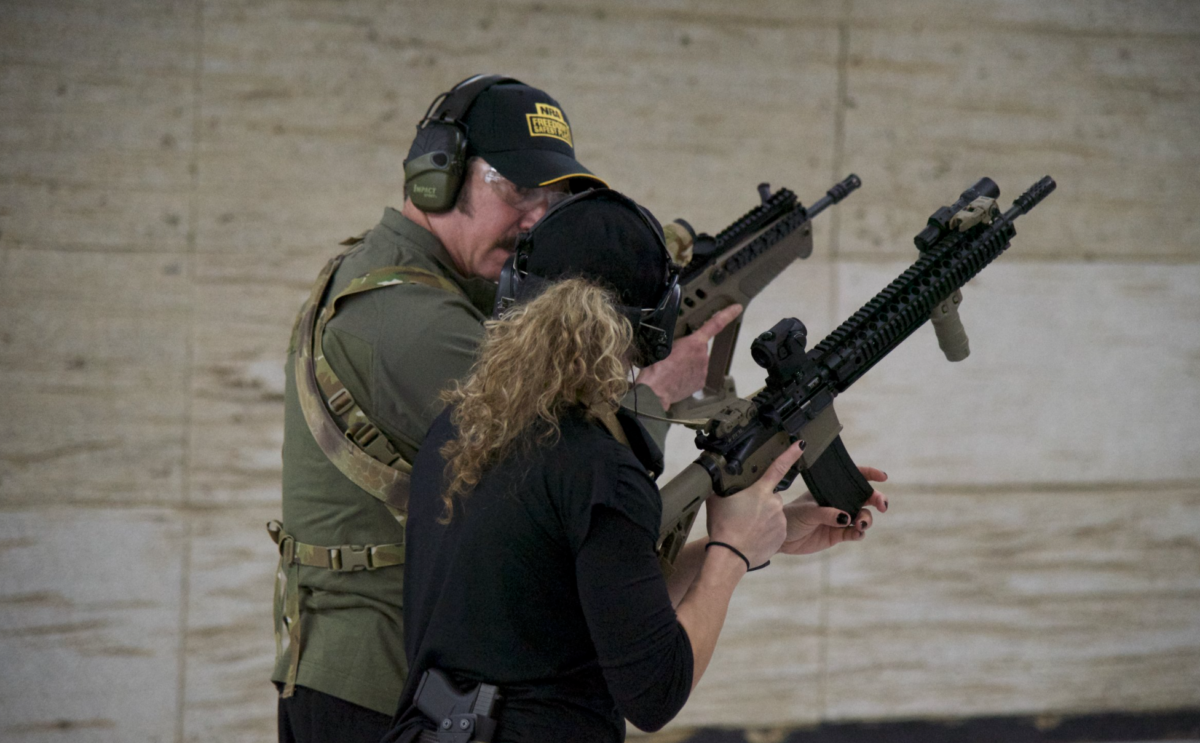
I’d also stress that everything that you know how to do during the day, you need to be able to understand how to do at night. If you’re going to practice doing something like a press check at night, you’re probably going to do it tactile. You’re going to pull that bolt back, and you feel for the brass.
There are just so many things related to manipulation that you can practice at home before you ever get to the range or an AR-15 training course. Then when you actually get to the range, you’re more or less validating things that you’ve already been practicing.
Q: Some newer shooters who think they have purchased a high-quality AR may think they are immune to malfunctions? In your experience, how prepared does someone need to be to address a malfunction?
Michael Green, Green Ops – In my courses, I tend to teach malfunctions right before or after lunch. We’ve shot a few hundred rounds by that point, and I will ask people to raise their hand if they’ve experienced a malfunction that was due to the weapon and not shooter-induced or magazine-based malfunction. Most often, the number of hands raised is zero.
The weapon, if it’s a quality firearm, does not malfunction all that often. However, even a good gun will malfunction, but in my personal experience, it’s because it has not been broken in. I’ve seen this happen in my classes. People will freak out as they’ve brought a new gun to the class, and they’ve not shot even 100 rounds…if you have a gun with tighter tolerances, there’s a chance that it could be a little bit finicky at the beginning. To me, it’s a bit like a new car, where you might want to take it a little easy in the very beginning before you really start running and gunning with that car.
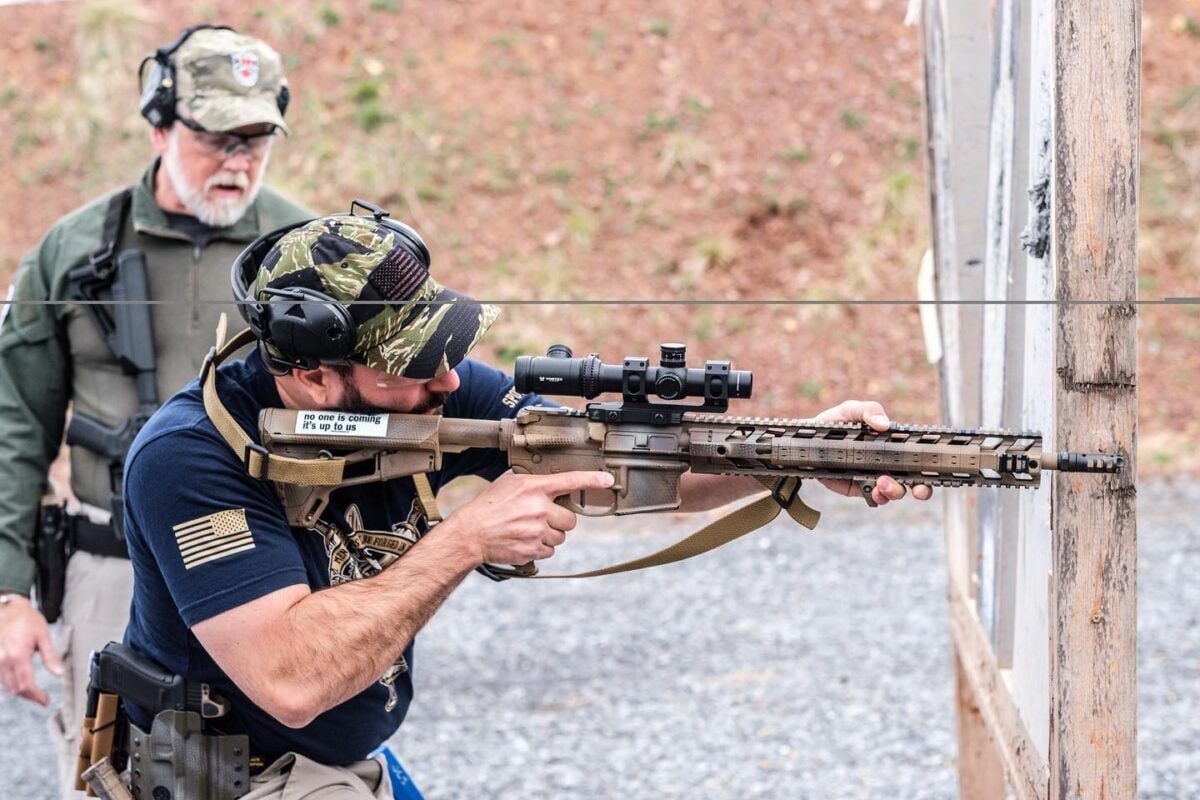
In summary, to answer your question, I find that malfunctions are rare, but when you do see them, it’s often because it is a very new gun, or a dry gun, or a crappy magazine, or bad ammo. Because of all that, in general, I don’t do a lot of malfunction drills on the range, and I prefer to practice them when I am at home, with a dummy round.
Q: You mentioned grip and stance earlier. Can you address that briefly in a bit more depth?
Michael Green, Green Ops – Sure. I think a lot of shooters take the .223 for granted because it is a caliber that does not push them back as much as others tend to do. So when they shoot, they stand upright, not realizing that having a more aggressive stance can take off a lot of time on their splits or their overall time if they are shooting five or six rounds.
Snapping the gun up, getting the sights acquired…people will move their entire body when they bring that gun up. So the reality of it is they just need to move their arms and the gun, and have the gun come to their head, and not the other way around.
Q: You’ve worked with the AR for decades now. What are the lessons you’ve learned about the platform that inform what you use now?
Michael Green, Green Ops – For many years, I shot what I was issued, which was typically a 16”, 14.5” or 10” Colt…the thing that really means everything to me above anything else is simply reliability. I think that should be a focus for most of your readers out there who are investigating what kind of AR they should purchase. When I got out into the civilian work and started buying my own guns, I learned the hard way that not everything out there is as well made as I thought they were.

So, today, I look at the reliability, and I keep a sharp eye on tighter tolerances. Other than that, I try to keep what I carry simple. That goes for pistols as well as my ARs. I am all about simplicity, and I think that for most, that is an excellent approach to take, at least until you can figure out what you need.
As far as other features, for my forend, I want to have the rail go as far forward as possible without going past the muzzle device. I want this because I want as much real estate as I can to drive the gun with my support hand.
As far as the barrel, when I was in the military, I wanted a 10” gun. It was shorter, it looked cooler, and that’s fine for some CQB stuff, but if I’m running a suppressor, I might run into issues, and I’d prefer a 10.5” or 11.5”, as it might get me a bit more reliability. Today, I like a 14.5 with a muzzle device that brings me up to 16”.
With this, I really don’t have to worry about paperwork, but it’s still short enough to where I can do CQB. Over time, I’ve learned that I don’t need that short 10” gun to do that type of work. Another benefit with that is I feel I get better distance and accuracy.

The older I get, the more I start to appreciate a lightweight AR. I was issued a piston AR, and I had a personal LWRC piston gun, and because I have an injury to my wrist, at the end of the day, my wrist really hurts with those guns. If I am doing a multiple day course, or if I find myself with a gun like that for work overseas, my right wrist will really start hurting due to that extra weight. I want something that’s as light as I can get it.
Depending on your situation, you may not understand how important a simple and lightweight rifle can be…So, I try avoid things like the extended mag wells, ambidextrous safeties, mag releases things like that. To me, that stuff gets caught on clothing as I’m getting in and out of vehicles. If I’m doing CQB, it gets caught up on my clothing or gear as I transition. With simplicity as my focus, then if I have to add something like an IR laser, now I have more room for it. As a result, the gun does not end up quite as heavy.
Q: You have a Low Powered Variable Optic course. What are you seeing in that course with your students?
Michael Green, Green Ops – In the past, we saw many instructors running Low Powered Variable Optics courses that were nothing more than sniper courses. With that course approach, you’re losing 50 percent or more of the optic’s capability. Students need to discover the capabilities of the variable optic at different distances.
You might be fine doing drills at 7 yards, and you’re good at 200 yards, but it’s that transition from a distant target to a close target that needs attention. What do you do when you need to shoot around a VTAC barricade or around a car or something like that? If you do that, will you lose the ability to see the reticle?
These are the things that I think need to have more attention paid to them, and they are what we like to teach. We also want to teach our students how to maximize their body positions, too.
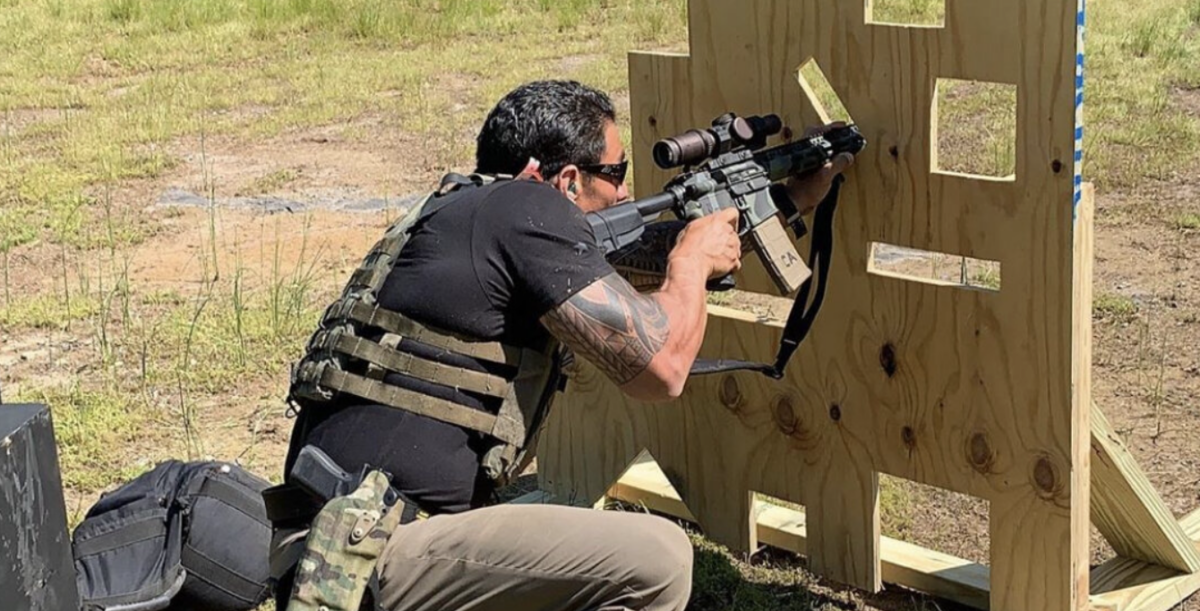
Q: So, in most situations today, do you recommend an LPVO?
Michael Green, Green Ops – I think the LPVO is a lot like a red dot on a pistol. Some people will claim that you are not as fast with them, but I don’t think that’s the case. I think it boils down to that while that could be the case at first, training overcomes that. Right now, I feel that the LPVO is the way of the future. The technology of these optics is getting better and better, and if you have a quality LPVO, you can use it just like you would a red dot, yet you have the ability to be more accurate at a distance.
I think you’ll see that as these optics get better and the technology improves, you’ll also see the offset red dots that people pair with their LPVOs start to go away. People will train themselves to be just as fast with an LPVO as they are with a red dot on the side. It’s something I see now, and I think it’s just a matter of training. There are shooters out there who are really pushing the limits of technology and finding ways to advance.
Q: Anything else you’d like to add?
Michael Green, Green Ops – A lot of folks are buying guns, but they are not training with them. I want to see people get there and train. I get to see it from a unique perspective, and I can tell you with absolute certainty that simply having a gun doesn’t make you a shooter, in the same way owning a piano does not make you a pianist.
You have to train. If you are serious about the 2nd Amendment and serious about the self-defense of yourself and your home, you need to train. You don’t have to train with us, but you need to get out there and attend an AR-15 training course. After you do that, you then have to practice. Taking a class isn’t going to make you proficient. However, it will give you the skills you need so that you can make yourself proficient.
###

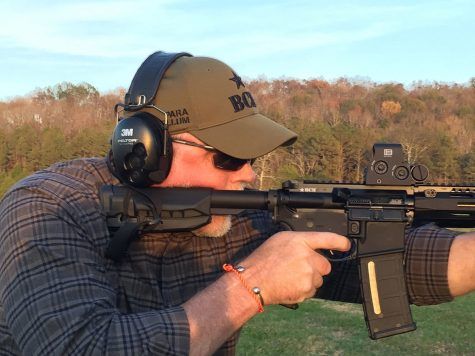



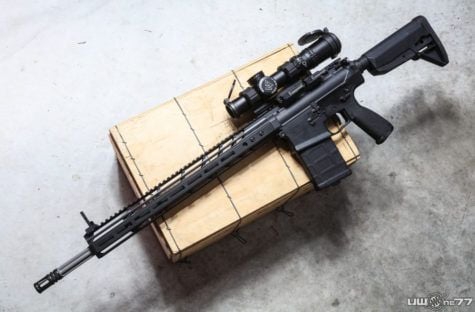
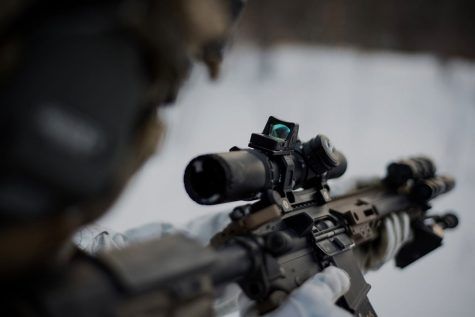
Mike Green—a credible pro with the resume’ to support what he says. Very accessible and friendly—and worth listening to!
Always good to get perspective from a professional. I’ve known Mike going on twenty years now, and the information he puts out is always spot on and current. I look forward to training with him and his crew in the future.